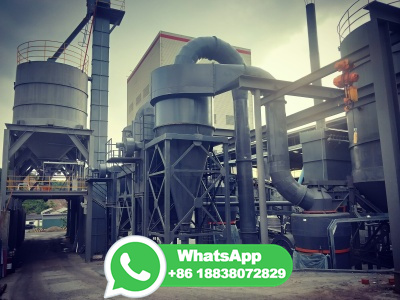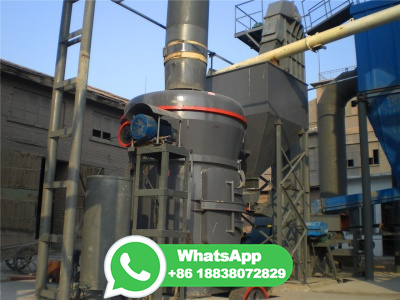Global carbon emissions set record high, but US coal use drops to ...
Which fossil fuels are being emitted? CO2 emissions from coal use are expected to grow % in 2023, reaching a record high and exceeding the temporary peak in 2014. The growth in coal is driven ...
































